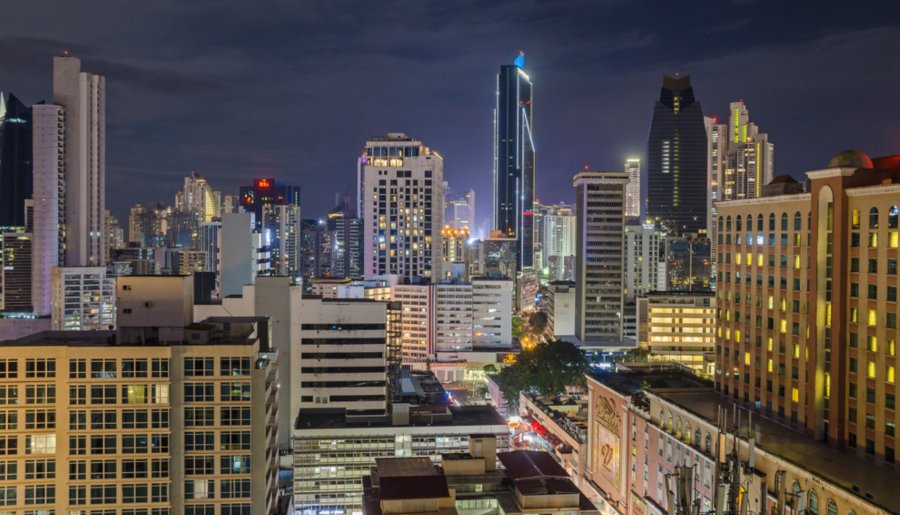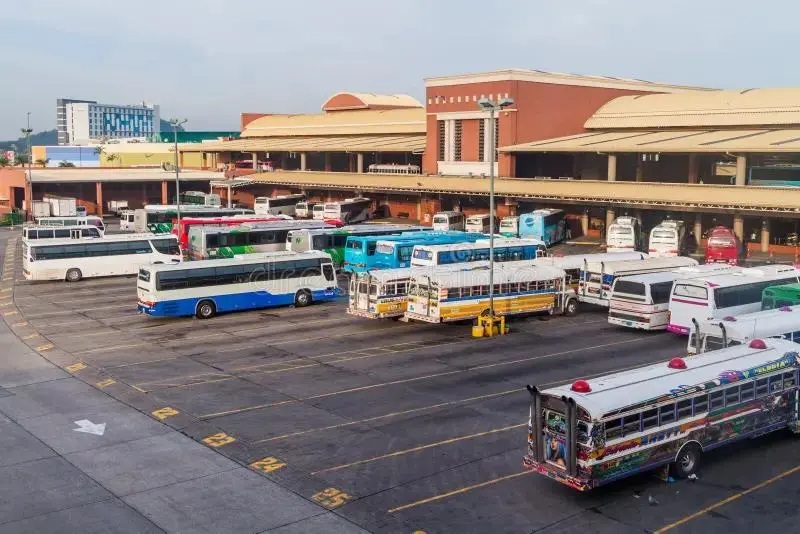How is the new “casino corridor” from Panama to Yucatan taking shape?

Guest Contribution – In recent years, Central America has unexpectedly turned into a magnet for investors working in the gambling industry. The region from Panama to Mexico’s Yucatan is attracting attention thanks to a combination of growing tourism, favorable laws, and innovations in digital entertainment. Why is the region’s gambling sector generating so much interest from international companies right now? Can this “casino corridor” be considered a unique opportunity for business and tourism development, or are there risks here that are not yet obvious?
Geography and significance of the “casino corridor”
The term “casino corridor” today refers to the territory stretching from Panama in the south to the Yucatan Peninsula in northern Mexico. This route is increasingly called the “new gaming hub” of Latin America due to the growing concentration of casinos, resorts, and entertainment venues. Geographically, the route includes Panama, Costa Rica, Belize, Honduras, as well as key Mexican states—Yucatan and Quintana Roo.
The region’s climate remains attractive to tourists year-round. Therefore, choosing clothes for visiting casinos here is greatly simplified. The transportation infrastructure is constantly developing and maintained at a high level. International airports, modern highways, and a developed hotel network ensure a stable flow of tourists. According to Panama’s Ministry of Tourism, the country welcomed more than 2 million visitors in 2023; Mexico—over 45 million.
Panama: The financial and entertainment center of the region
Panama is rightfully considered the driving force of the new “casino corridor.” In the first quarter of 2025, gross gaming revenue (GGR) reached $671.8 million, which, according to JCJ (the National Gambling Regulatory Commission of Panama), exceeds last year’s figures by 11.3%. Official sources emphasize that such high growth is linked to a long-term strategy of turning the country into a regional financial and entertainment center.
Key factors in Panama’s success include a stable regulatory framework, a transparent tax system, and a developed digital infrastructure. The introduction of online platforms has enabled a 47.5% increase in internet gambling revenue over the year. A JCJ representative notes: “Panama is becoming not only a center of traditional gambling business, but also a platform for integrating digital solutions in demand worldwide.”
Local experts emphasize that Panama’s experience is of interest not only for Latin America but also for developing markets in other regions. The combination of a favorable regulatory environment and modern technologies allows for a quick response to new challenges. This creates prerequisites for expanding the “casino corridor” beyond the country’s borders.
Mexico: New projects and legislative initiatives
Mexico occupies a special place in the development strategy of the “casino corridor.” The focus is on the states of Yucatan and Quintana Roo, where since the beginning of 2024, investors have invested more than $259 million in the construction of hotels, casinos, and resort complexes. Cancun and Merida, the region’s largest cities, are actively rethinking their approach to tourism, combining cultural heritage, beach vacations, and modern entertainment formats.
And this approach can indeed be effective compared to classic casino tourism. Today, the gambling industry is undergoing a major transformation due to the development of iGaming, especially in recent years, as opportunities for playing from smartphones have greatly increased. Today, almost all major online casinos have their own apps. We have studied some of them and found that the Melbet app offers thousands of games, while the 1win iOS app, in addition to gaming variety, also allows for sports betting. In such conditions, people simply do not want to visit land-based casinos. And if this experience is not combined with other entertainment, classic gambling simply will not withstand competition.
A significant role in the process of gambling law reform is played by AIEJA—the Mexican Gaming Association. It is involved in creating a draft of a new federal casino law, which, according to industry analysts, will form a unified regulatory environment and attract even more international investment. However, the question remains: how quickly and harmoniously will the legislation change in such a large and diverse country?
Strategic advantages and economic impact
Why do major global operators consider the “casino corridor” a safe and promising bet? The main reasons are stable tourist flows, the purchasing power of visitors, and a comparatively high degree of institutional maturity in Panama and Mexico compared to neighboring countries.
Key indicators of the region:
- The growth in the number of tourists in Panama in 2024 is projected at 8–12%, according to the Ministry of Tourism
- In southeastern Mexico, average spending per tourist reaches $250–350 per day, more than double the Central American average
- The share of the gaming sector in Panama’s GDP exceeds 5%
- The creation of the “casino corridor” could provide 20,000–30,000 direct jobs and up to 60,000 in related industries
A study by The Business Research Company forecasts that the global casino market will grow from $142 billion to $151.4 billion by 2025, with Latin America among the most dynamically developing segments.
Risks and challenges for investors
Despite obvious advantages, investors face a number of challenges. In the Mexican Caribbean region, there is a risk of infrastructure oversaturation, which could reduce project profitability if construction volumes increase excessively.
Legal barriers also remain: in Mexico, laws differ from state to state, and until unified federal regulation is adopted, operators are forced to adapt to different conditions. In addition, the volatility of local currencies and inflation require international companies to pay special attention to financial planning.
Market experts note that the real sustainability of the casino corridor will depend on the effectiveness of risk management. Compared to Asian or European “gaming corridors,” the Latin American region excels in growth scale but lags behind in regulatory maturity. Are market participants ready for such a level of uncertainty?
Prospects, trends, and recommendations for market participants
Key trends for the future “casino corridor” are the rapid development of digital gambling platforms, the introduction of new entertainment formats, and the creation of partnerships with local companies. Experts advise investors to focus on flexibility, quickly responding to tourist demands, and monitoring reforms that could dramatically change the rules of the game.
Important recommendations for successful operations:
- Build long-term relationships with local authorities and businesses
- Develop multi-format projects combining traditional casinos and digital services
- Constantly analyze the dynamics of tourist demand
- Take possible regulatory changes into account
According to iGamingFuture’s forecast, in the coming years, the Panama–Yucatan “casino corridor” could become one of the world’s most profitable gambling zones, if a balance can be struck between innovation, sustainable development, and protection of investors’ interests. So, will this project become a “gold mine” for Latin America? This is a question to which the market will get an answer in the very near future.
________________________________________________________________________________________________________________
Advertisements placed in our Guest Contribution sections are in no way intended as endorsements of the advertised products, services, or related advertiser claims by NewsroomPanama.com, the website’s owners, affiliated societies, or the editors. Read more here.





